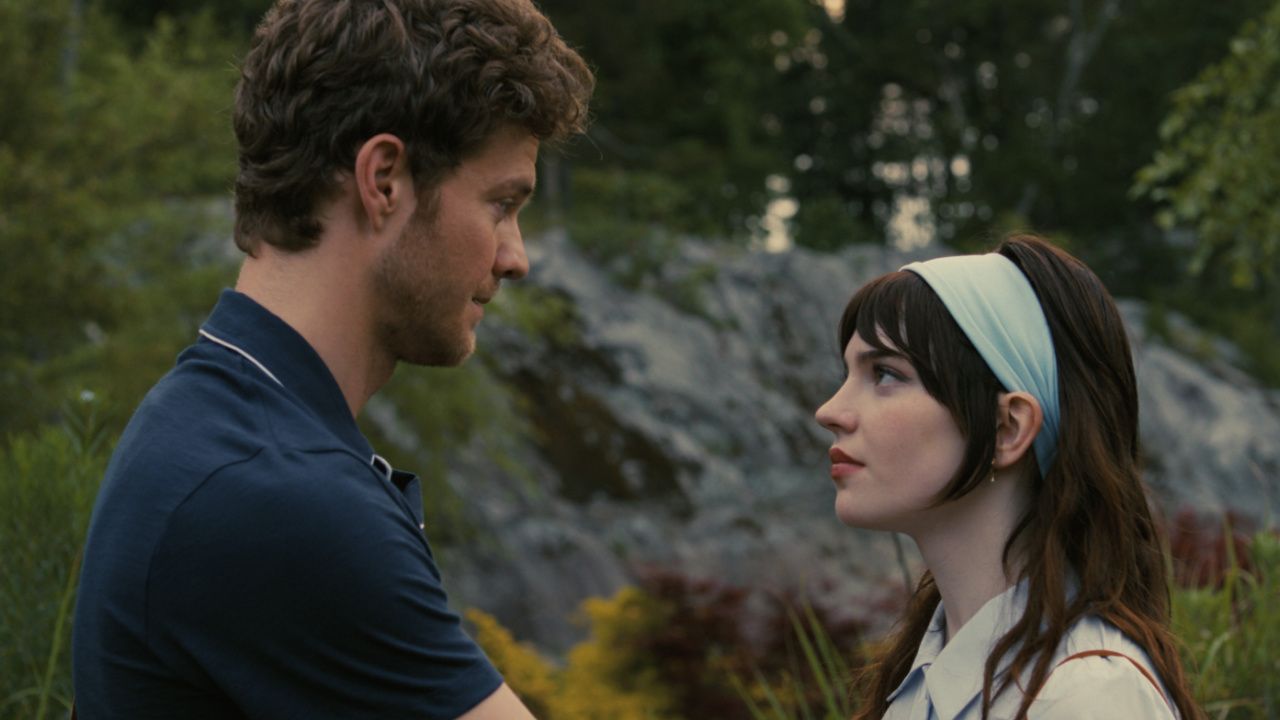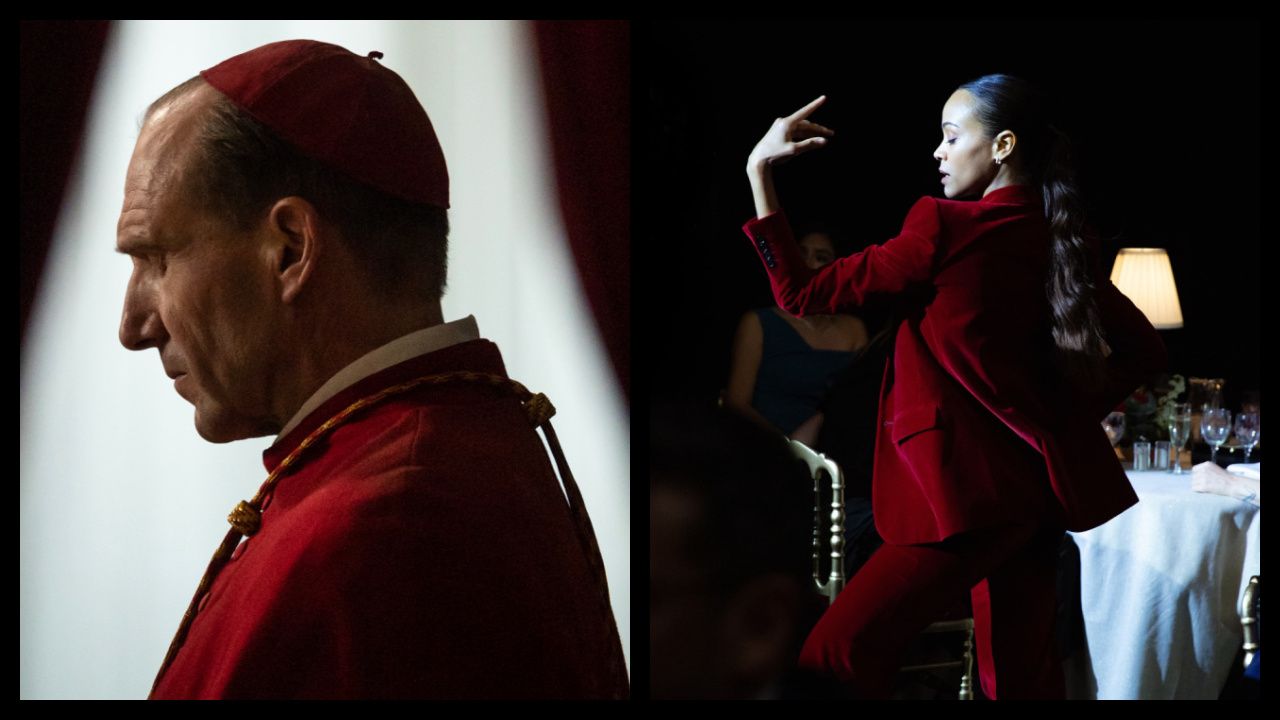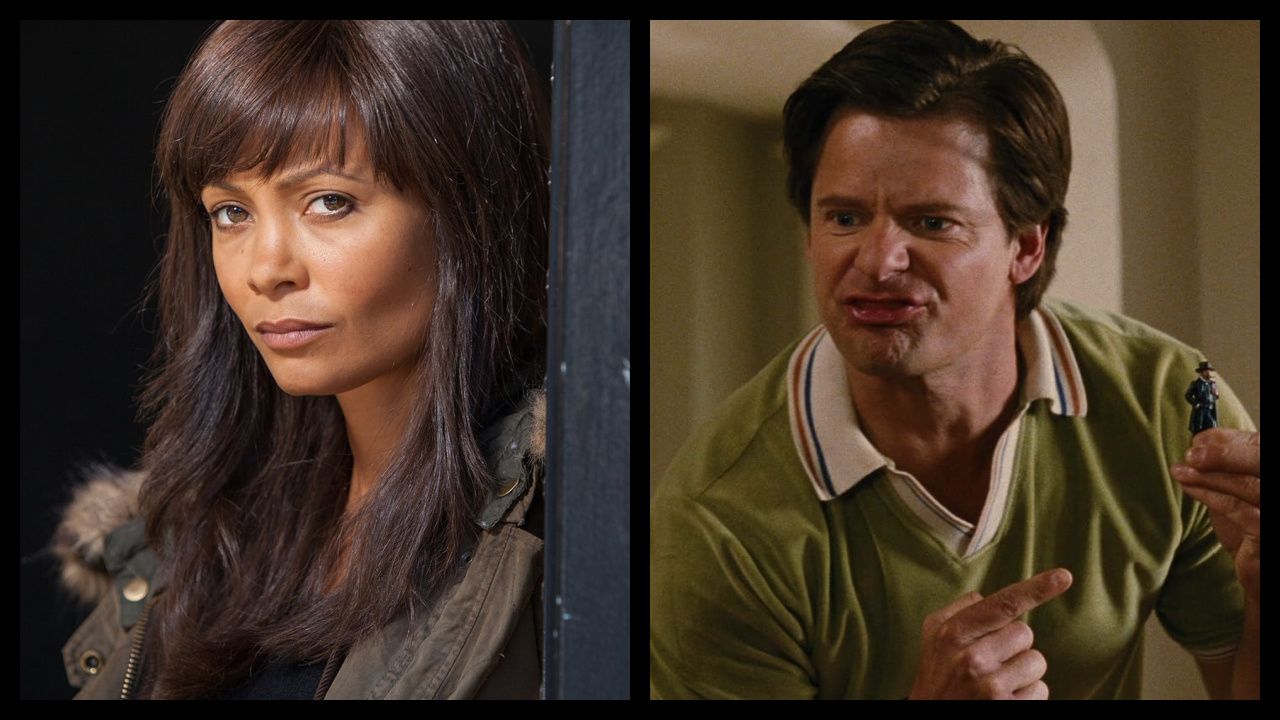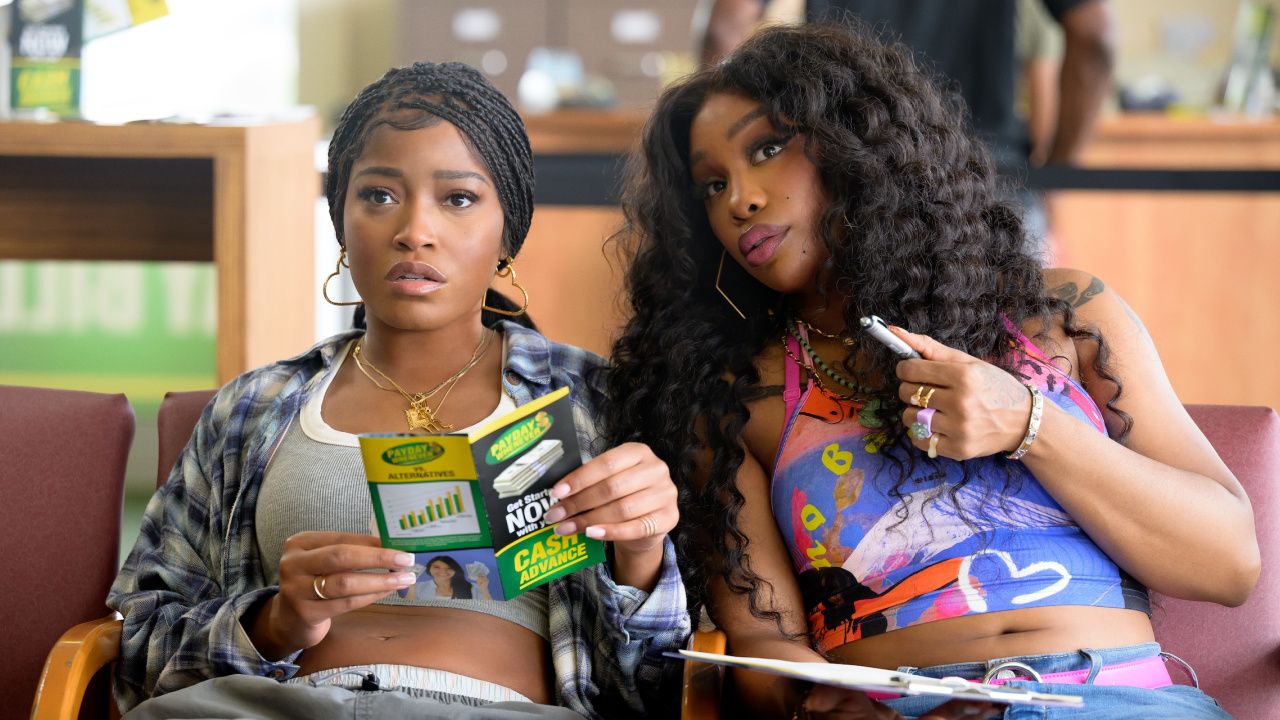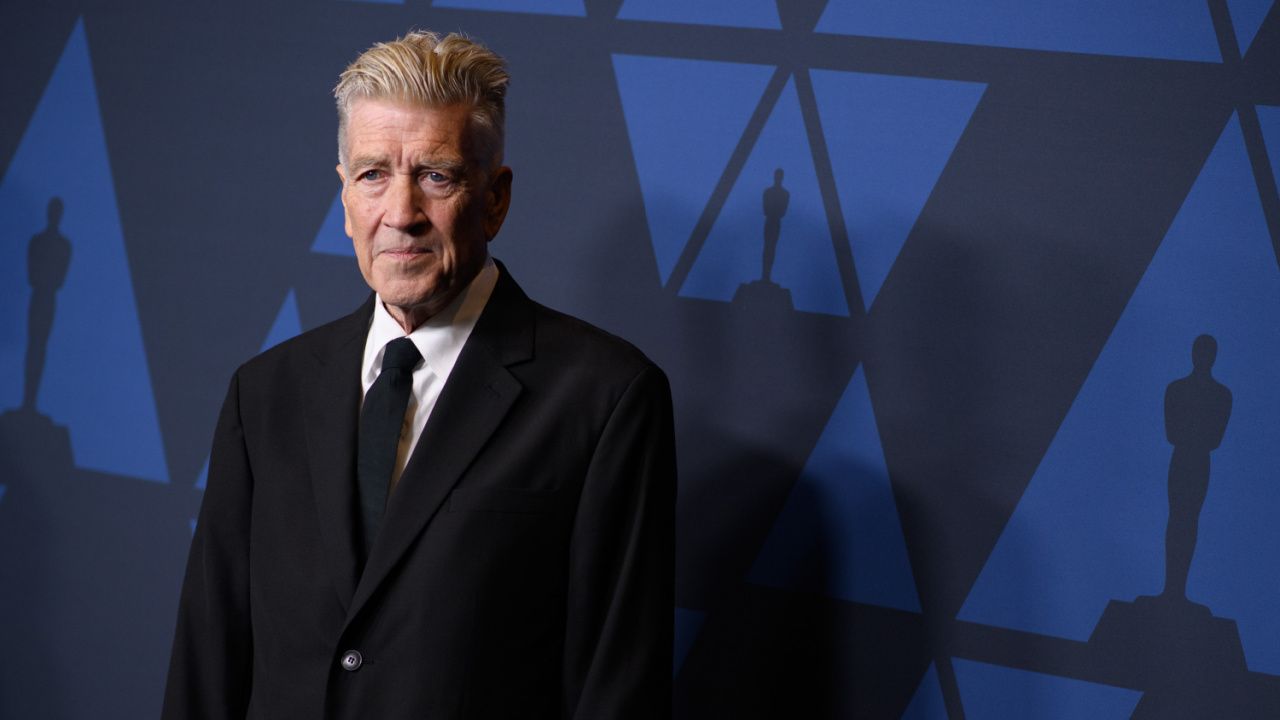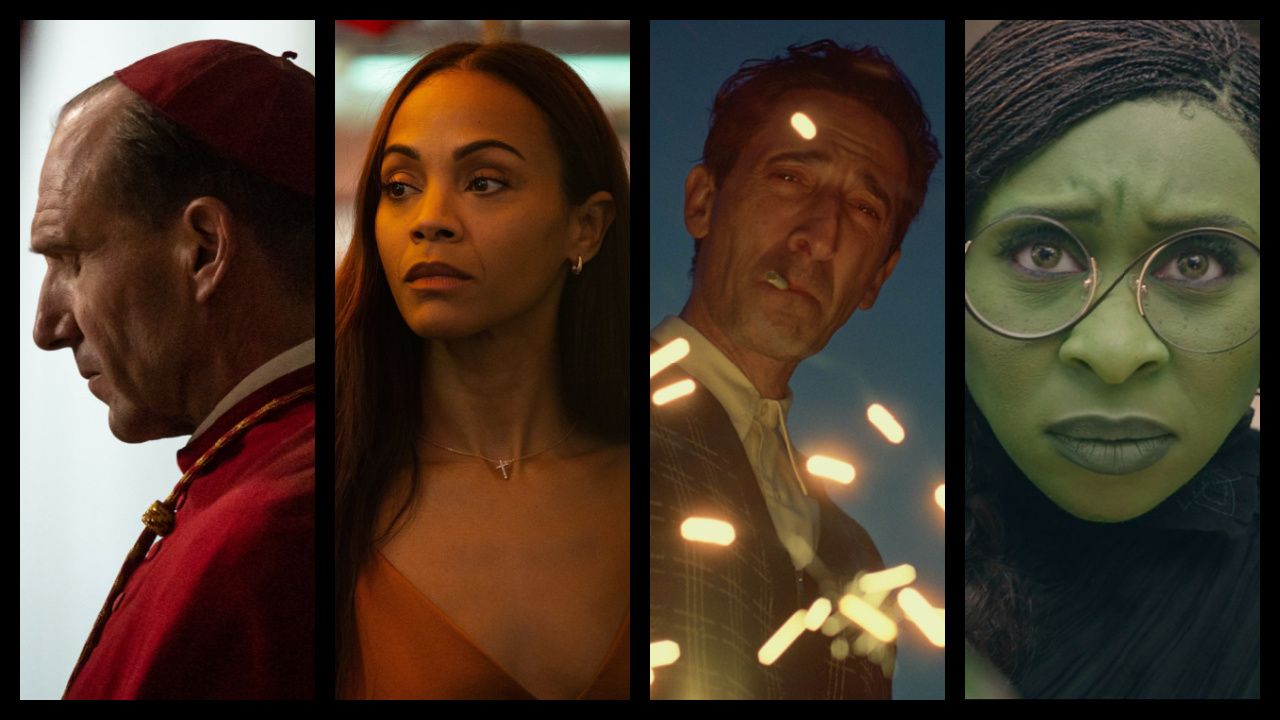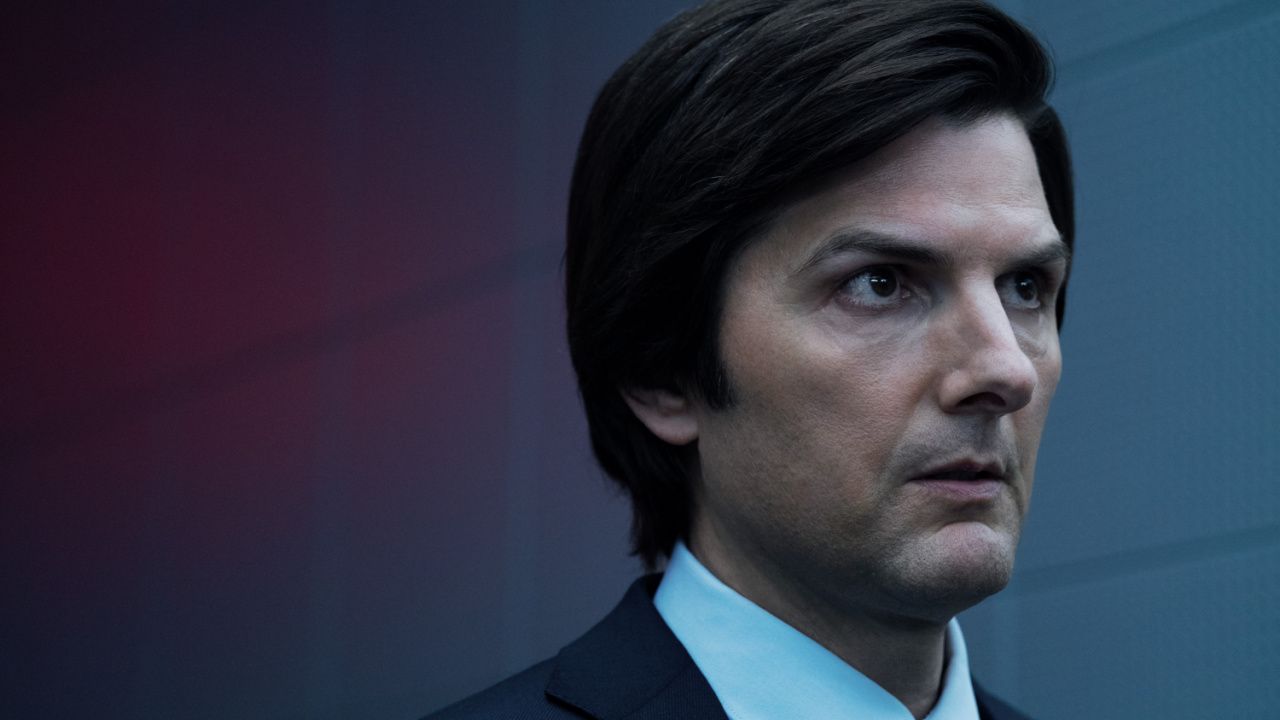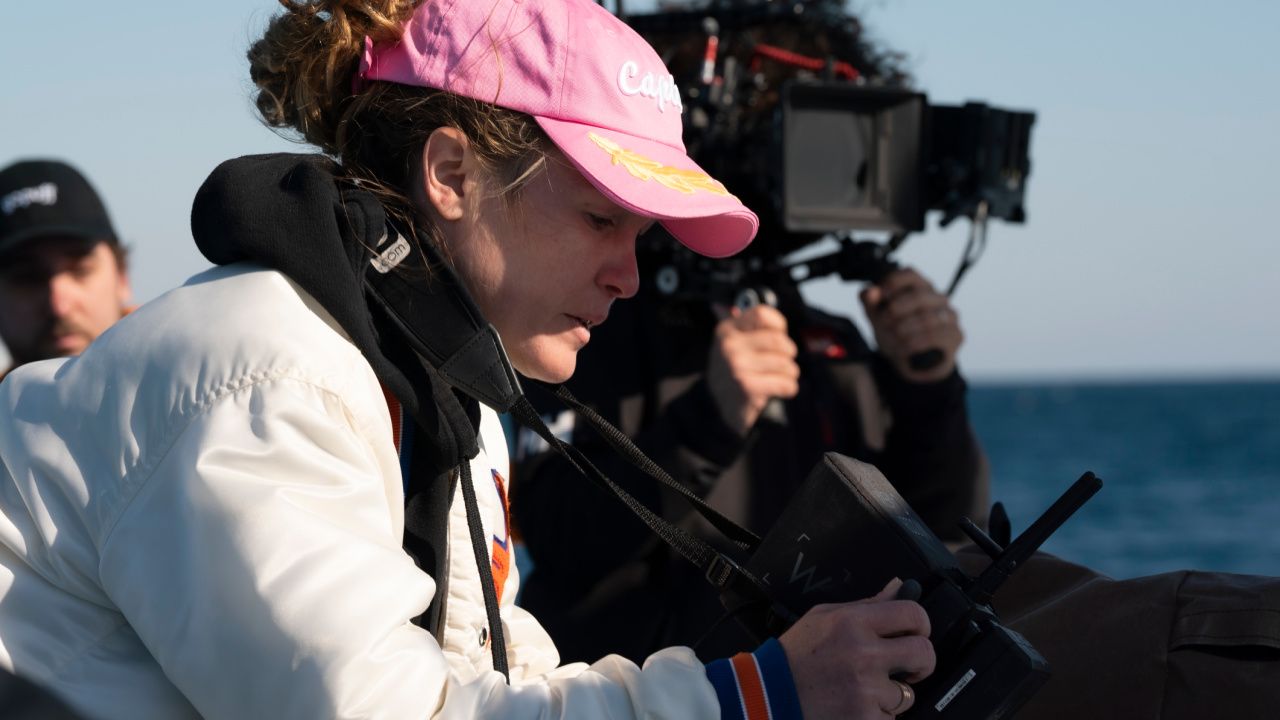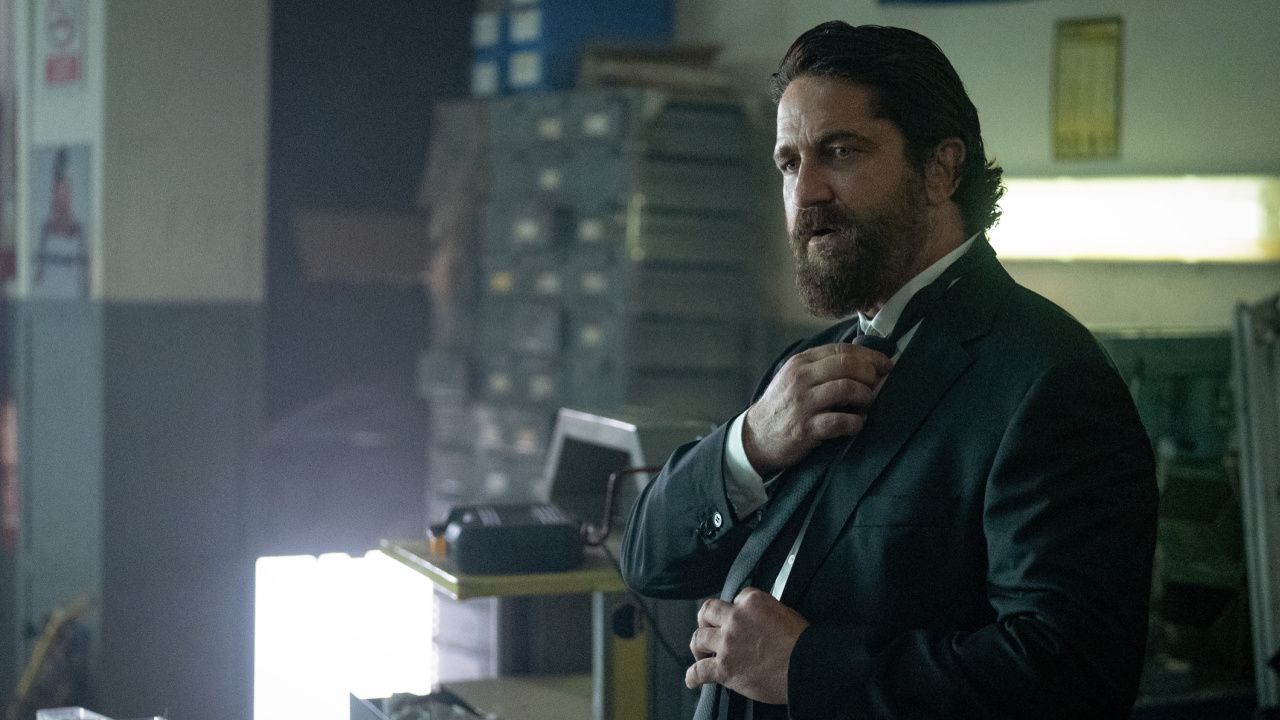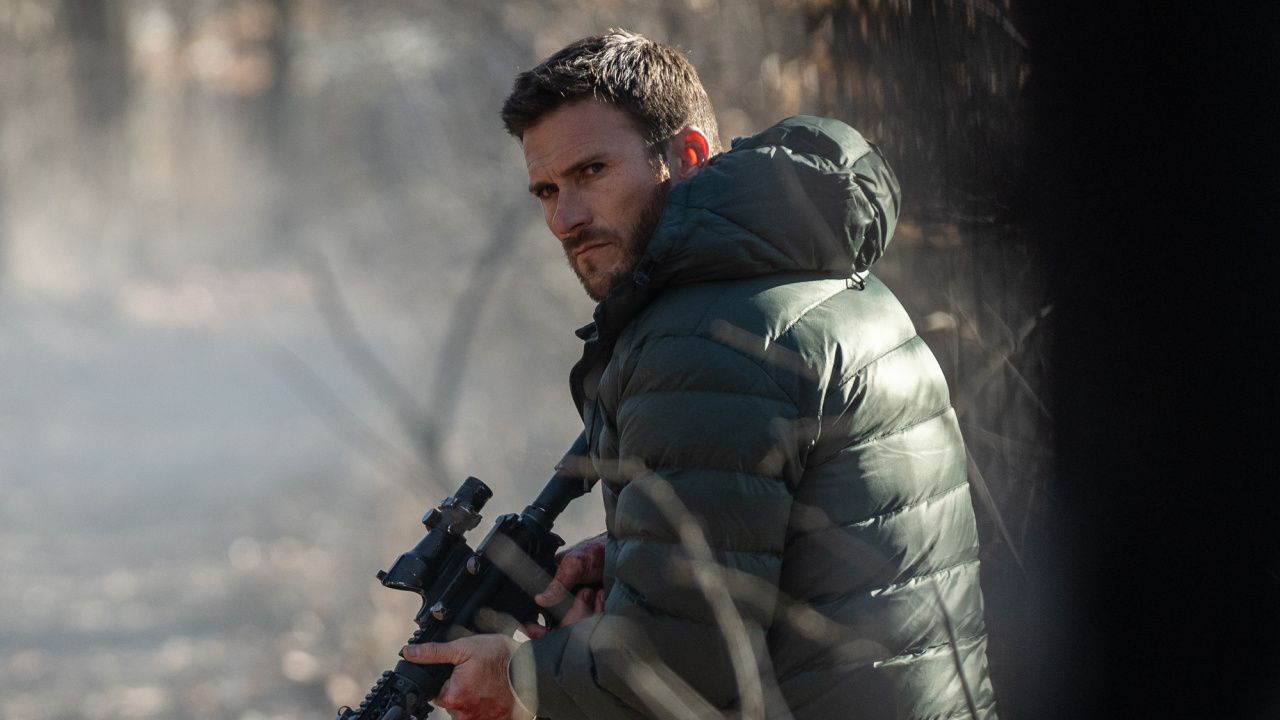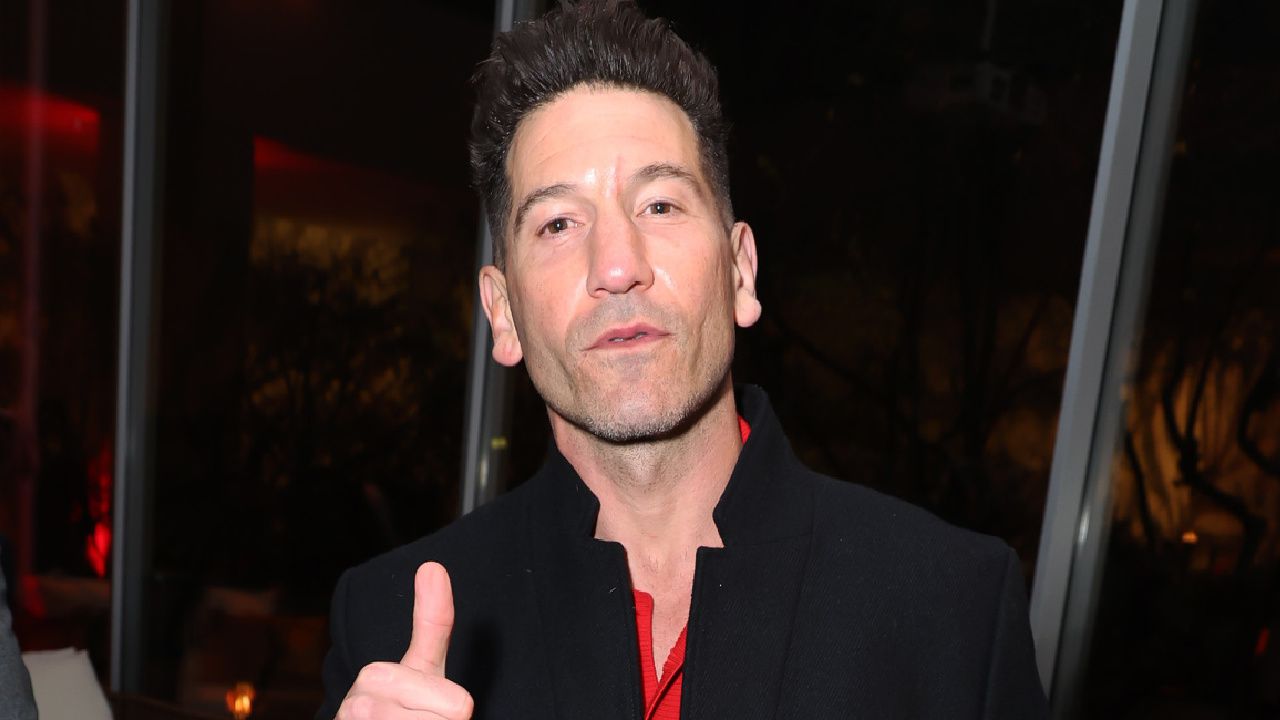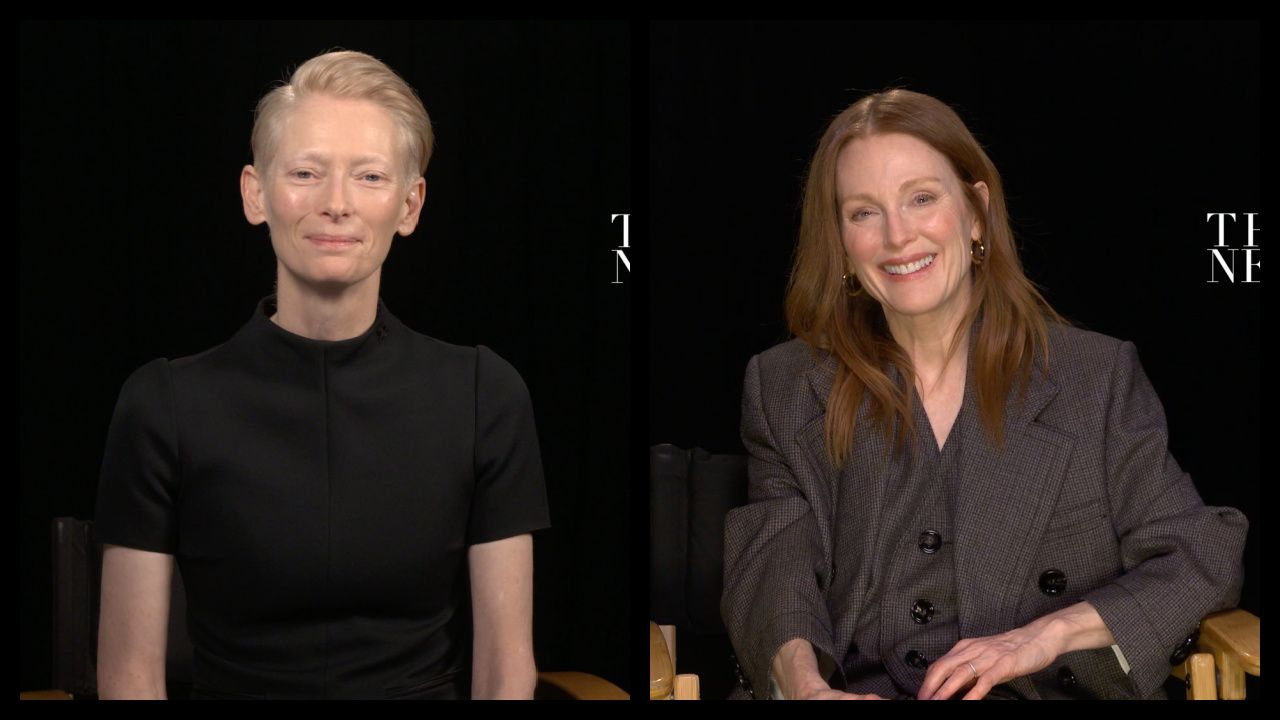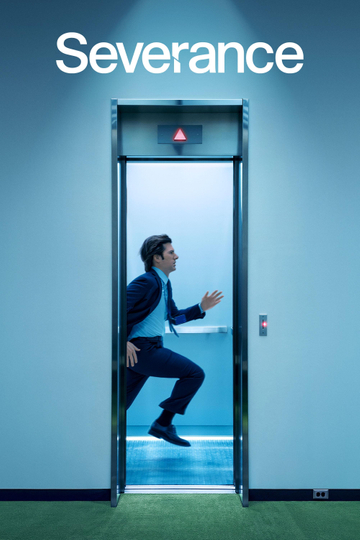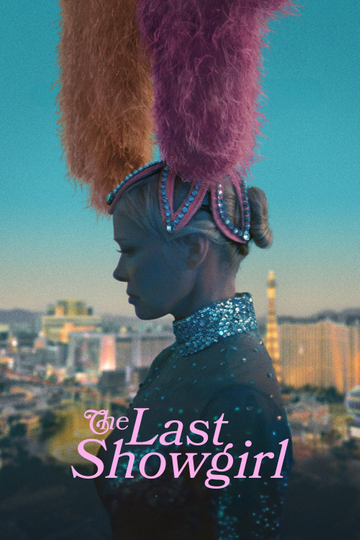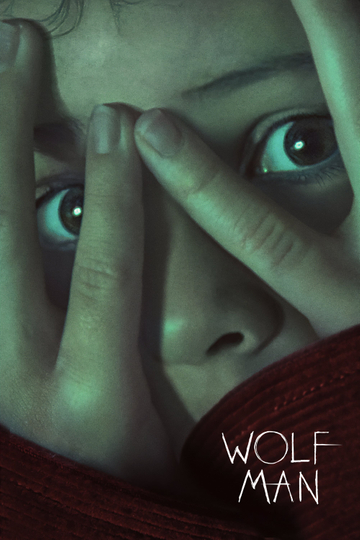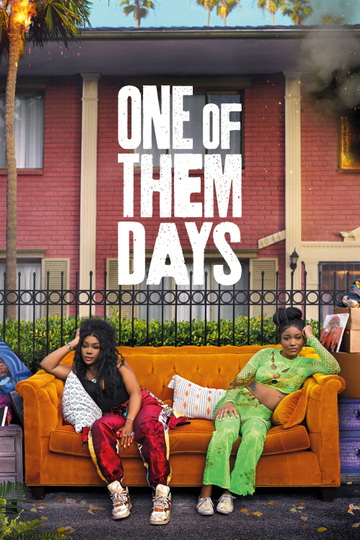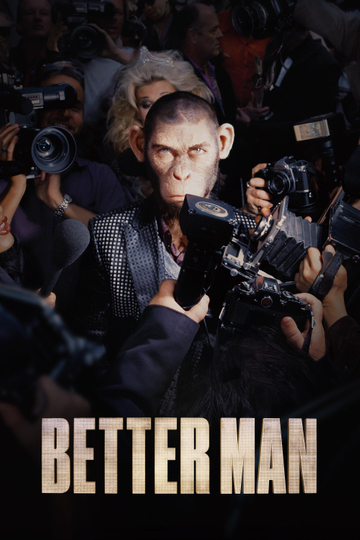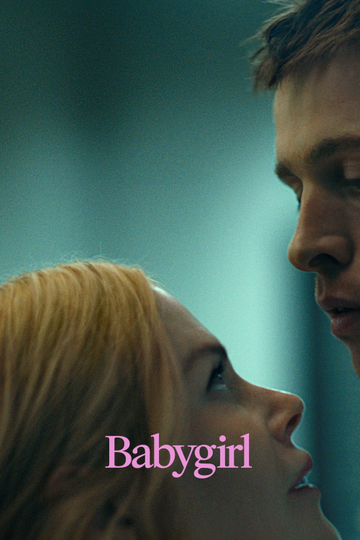Popular Kids' Movies You (Probably) Didn't Know Were Based on Not-So-Kid-Friendly Books
Admit it -- somewhere along the way, a kids' movie gave you a grown-up fright, whether from the wolfish Gmork in "The Neverending Story" or a glammed-out David Bowie and his band of baby-stealing Muppets in "Labyrinth." That's because underneath a fuzzy layer of singalongs and talking animals, there's usually a layer of harsh reality. It's a sweet way for kids to learn not-so-sweet lessons, kind of like giving them bubble gum-flavored cough syrup.
But the rabbit hole goes deeper. Some of our biggest and brightest children's stories -- movies, that is -- actually tell tales that started out in the adult realm. And if you've ever had a job with a manager, had to learn what a tax write-off is, or one day found yourself reading the Nutrition Facts on your food , you know the adult realm is a very, very scary place. Here are the movies that go there, right under your kids' runny noses.
'Big Hero 6' (2014)
Though it's an awesome kids' flick that adults aren't embarrassed to enjoy, "Big Hero 6" occupies a kind of weird place in the Disney-Marvel canon. While the Disney-owned Marvel Studios' live-action movies embrace their comic book origins with gusto, plenty of viewers don't even know that "Big Hero 6" is based on a comic.
And while that comic might not be nearly as edgy other movie adaptations like "Watchmen," the manga-inspired original certainly isn't an all ages film either. In fact, the movie's most iconic character is also its most Disney-fied; the comic's Baymax is a battle-bot created from the brain engrams of protagonist Hiro's dead father. Yeah, it's stretch from the marshmallow-like medical droid on the big screen -- to say the least.
Oh, and the comic has more cleavage. A whole lot more cleavage.
'Who Framed Roger Rabbit' (1988)
Here's another kids' classic with source material that you might not know even existed. Ever heard of "Who Censored Roger Rabbit?" No, it's not the obscure direct-to-video sequel to "Who Framed Roger Rabbit?" It's the absurdly hard-boiled 1981 noir novel upon which the movie is loosely based.
Big emphasis on "loosely," there: While the cartoon-murdering rampage by Christopher Lloyd's Judge Doom will forever be terrifying, at least the Robert Zemeckis movie doesn't feature straight-up 'toon sex, racism and immigration metaphors, corrupt labor contracts, and a pornography subplot. All of which Gary Wolf included in his novel about a cartoon bunny.
'Watership Down' (1978)
Speaking of cartoon bunnies, here's an example of both book and movie appearing a whole lot more kid-friendly than they probably should. Like "Animal Farm" before it, Richard Adams' 1972 novel Watership Down proves that talking animals do not a children's story make.
Though Adams typically downplays any social significance in his tale of a rabbit haunted by prophetic visions, he admits that the novel's band of traveling bunnies was inspired by his experiences on the battlefields of World War II. And when you see onscreen rabbits shed plentiful bunny blood as they're pursued by the Black Rabbit of Death in the 1978 animated adaptation, you'll believe it -- if you plan on watching "Watership Down," get ready to watch lots of cute rabbits die not-so-cute rabbit deaths.
Disney's Animated Classics
Because old-school fairy tales basically scared kids into good behavior, Disney's animated features have had to do a whole lot of sanitizing throughout the years. It would've been pretty tough to watch the stepsisters in "Cinderella" cut off their toes and heels to fit into the glass slipper, or get their eyes pecked out by birds at Cinderella's wedding. If you want that, you'll have to turn to the Brothers Grimm original. Or dip into Hans Christian Andersen's book if you want to see "The Little Mermaid" endure intense pain every time she walks with her human feet before casting herself back into the ocean in total despair.
Disney-fication strikes again. Thank the movie gods.
Sources













